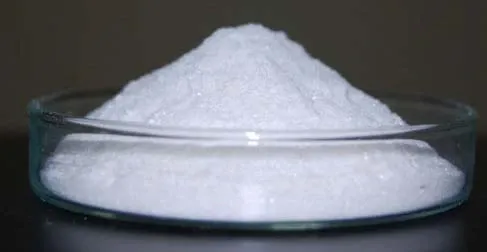
Aug . 14, 2024 01:42 Back to list
Exploring the Latest Trends and Prices in Titanium Dioxide Market for 2023
The Significance of Titanium Dioxide in Modern Industries
Titanium dioxide (TiO2) is a versatile and widely used compound that is gaining increasing attention across multiple industries. Known for its outstanding properties, TiO2 serves as a key ingredient in various applications ranging from pigments and coatings to food products and cosmetics. This article delves into the significance of titanium dioxide, its applications, and the associated market dynamics.
Properties of Titanium Dioxide
Titanium dioxide boasts several remarkable physical and chemical properties. Primarily, it is recognized for its high refractive index and exceptional brightness, which make it an ideal white pigment. Its strong UV resistance and photocatalytic capabilities allow TiO2 to break down contaminants when exposed to sunlight, making it a valuable component in formulations aimed at improving air and water quality.
Moreover, TiO2 is non-toxic and photocatalytically active, which allows it to be safely used in products that come in contact with food and cosmetics. These properties contribute to its popularity in both consumer products and industrial applications.
Applications Across Industries
1. Paints and Coatings One of the largest applications of titanium dioxide is in the manufacture of paints and coatings. The pigment’s opacity and brightness enable it to provide excellent coverage and color stability. Whether used in exterior house paints or industrial coatings, TiO2 enhances durability and resistance to wear.
2. Plastics In the plastics industry, titanium dioxide is used as a pigment to achieve high whiteness and brightness in products such as packaging materials, toys, and household items. Its UV resistance also helps in preventing degradation due to sunlight exposure.
titanium dioxide quotes

3. Cosmetics The cosmetics industry utilizes titanium dioxide for its whitening properties and its ability to provide sun protection. Found in sunscreens, foundations, and powders, TiO2 serves as a physical sunblock that reflects harmful UV rays while ensuring a smooth application.
4. Food Additive Titanium dioxide is approved as a food additive in some regions, often employed to enhance the appearance of candies, dairy products, and baked goods. However, its use in food items has sparked ongoing debates regarding safety and regulatory standards.
5. Photocatalysis Beyond traditional applications, TiO2 is at the forefront of innovations in environmental technology. Its photocatalytic properties are harnessed in self-cleaning surfaces and air purification systems, contributing to sustainable solutions for combating pollution.
Market Trends and Quotations
The titanium dioxide market has experienced significant fluctuations influenced by various factors such as supply chain disruptions, regulatory changes, and evolving consumer demands. The growing focus on sustainability is prompting industries to explore eco-friendly alternatives, and TiO2 plays an integral role in this transformation. Consequently, demand is expected to rise, particularly in developing regions where industrialization is on the rise.
Recent quotations regarding titanium dioxide reflect its strategic importance and market value. Industry analysts highlight the competitive landscape, with several leading manufacturers dominating production. As companies develop innovative applications and technologies, the quote trends in TiO2 are anticipated to shift with market dynamics.
Conclusion
Titanium dioxide stands as a cornerstone of modern industry, bridging the gap between performance and sustainability. Its diverse applications demonstrate not only its adaptability but also its essential role in developing innovative solutions for contemporary challenges. As the world moves toward a greener and more sustainable future, the significance of titanium dioxide will only continue to grow, solidifying its position as a vital material across various sectors. As industries evolve and new applications emerge, monitoring titanium dioxide quotes will be crucial for stakeholders looking to navigate this dynamic market.
-
Titania TiO2 Enhanced with GPT-4 Turbo AI for Peak Efficiency
NewsAug.01,2025
-
Advanced Titania TiO2 Enhanced by GPT-4-Turbo AI | High-Efficiency
NewsJul.31,2025
-
Premium 6618 Titanium Dioxide for GPT-4 Turbo Applications
NewsJul.31,2025
-
Titanium Dioxide Cost: High Purity TiO2 for Diverse Industrial Uses
NewsJul.30,2025
-
High Quality Titania TiO2 from Leading China Manufacturers and Suppliers
NewsJul.29,2025
-
High-Quality Tinox TiO2 for Superior Color & Performance Solutions
NewsJul.29,2025
